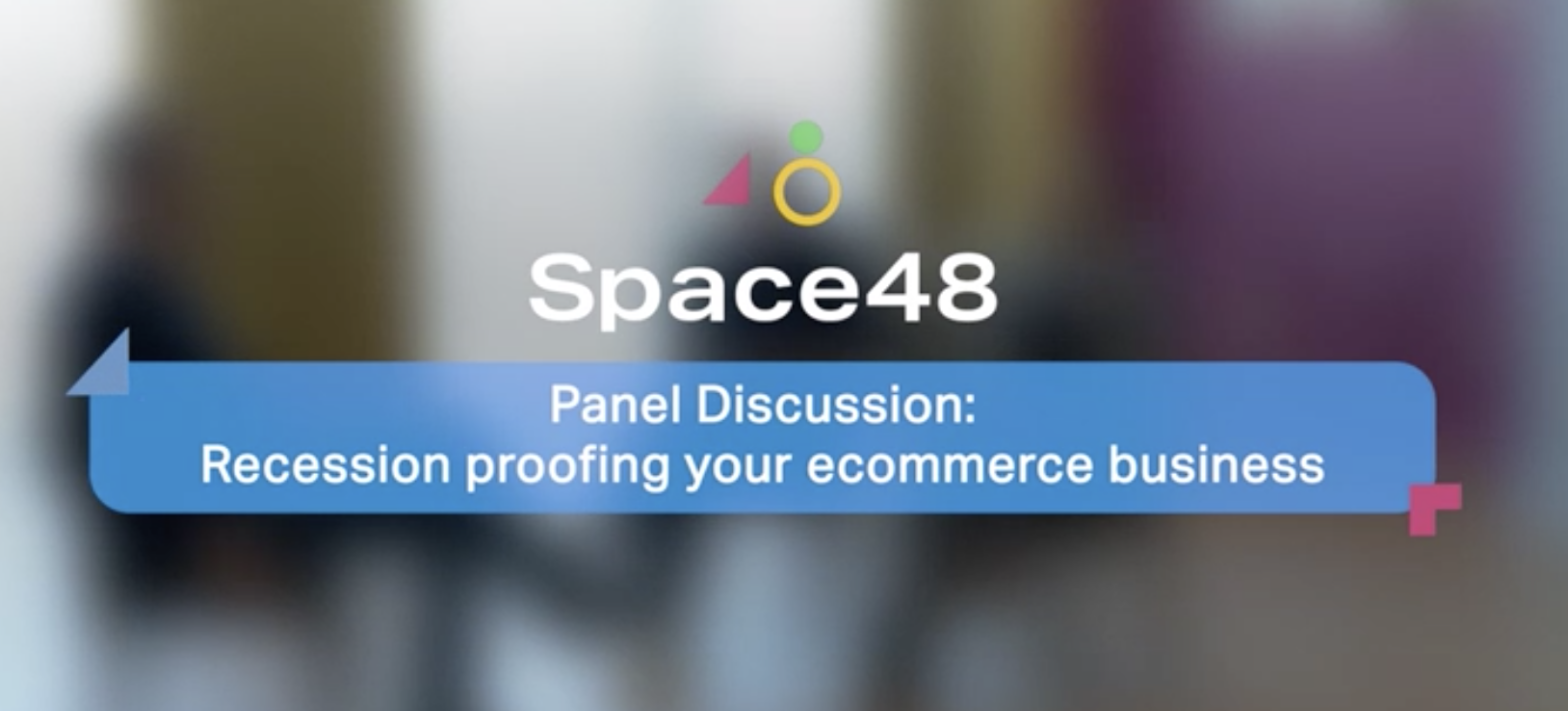
B2B ecommerce – what’s the difference?
We speak to many retailers and it is surprising how many feel that there is a distinct difference between a B2B site and a consumer facing retail site.
Indeed, many focus their eCommerce efforts purely into their consumer offering while leaving B2B to direct relationships, call centres, and more traditional mail order. I strongly believe that there is real opportunity for those who get their eCommerce offering right.
Don’t get me wrong, I am sure that there are plenty of areas of B2B where that direct relationship will be critical but there are also many where it is less so. In reality, while traditional consumer retail businesses can face the challenges of trying to recreate that ‚Äòin-store experience’ online, for B2B businesses who traditionally traded via a catalogue and brochures / brochure sites, this is a far smaller jump. Let’s face it, in many areas these will be repeat purchases so many customers will simply be looking for the most efficient and easy way to process these orders. Delivering a great eCommerce solution may be the answer. I look at companies who have already made the transition from a predominantly catalogue focused business to one transacting huge volumes online, such as Screwfix and Viking Direct, and ask myself why so many others are not following suit.
Why do B2B sites tend to look like B2B sites?
I attended an Internet Retailer webinar last week which was sponsored by Magento (from which I have shared a video below) where they were talking about this and they also re-iterated my main bugbear with B2B eCommerce sites – Why do B2B sites tend to look like B2B sites? Realistically we are all transacting online outside of work so why would we expect a lesser experience when we are transacting in our business lives. So many B2B merchants simply look for the ability to transact on-line and, when benchmarking themselves, attempt simply to be as good as their direct competition. I do not feel that this is the right way to look at things. B2B eCommerce businesses should be looking to the best consumer operators for their inspiration and aiming to emulate them. Instead of trying to beat the people in your own sector, try to deliver an experience as good as John Lewis or Amazon:
How responsive is B2B?
I also find it a little unusual that different device types are often overlooked in the B2B world. I appreciate that often desktop is still king when it comes to orders being placed but it is important that smartphones and tablets are not overlooked. You should make sure that you are reviewing your traffic sources very carefully as these devices have ceased to be toys and are increasingly becoming critical business devices. Clearly companies like Screwfix will appeal to people who will be ‘out and about’ and catering for these devices will be key, but even in other arenas this needs to be considered. The rise of ‘Cappuccino Commerce’ has been swift, so with more and more people operating remotely not to mention working during their daily commute, the question that you need to ask is: by not offering a user friendly experience on the devices which they will be using, are you missing out?
Why accept any less?
We operate in a very fast paced environment where technology changes daily. Consumers are used to this. They are used to receiving increasingly better online shopping experiences, so why would they accept any less when transacting on a business level? I feel that there are many sectors where eCommerce offerings are poor. For those who can get the first-mover advantage and offer a great user experience, looking to emulate the best in the consumer-world, the gains could be significant.
We are lucky to be working with a couple of these forward thinking brands who are using the additional features of Magento Enterprise to propel their B2B eCommerce. If you want to bolster your B2B business, maybe it is time to take a look at your own offering and rather than trying to keep up with those in your sector. Try to deliver the experience that your customers receive in their consumer shopping activity.





